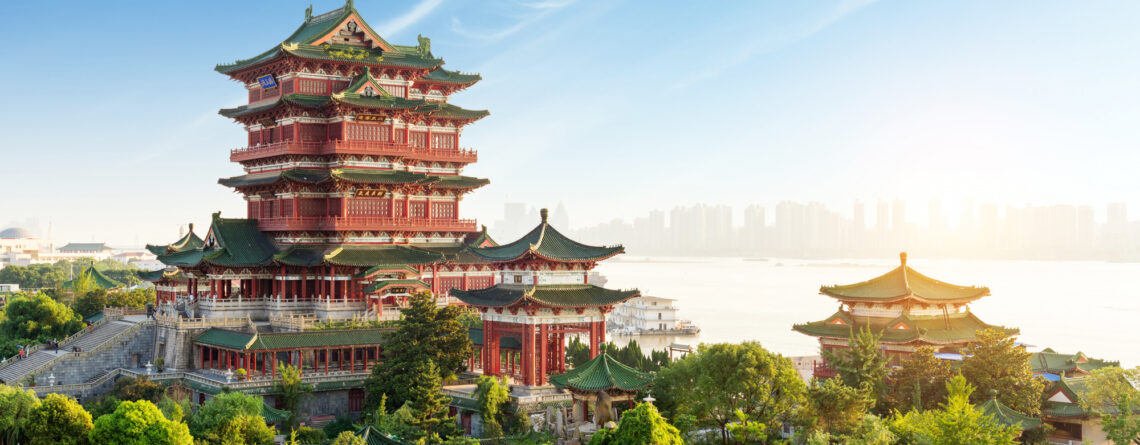China’s Iconic Landmarks: A Cultural Odyssey
Nova Parker2024-03-12T07:31:49+00:00China, a land rich in history and culture, boasts numerous iconic landmarks that have stood the test of time. In this blog post, we embark on a journey to explore one of the most revered symbols of China’s heritage – its iconic landmarks. From ancient wonders to modern marvels, each site offers a glimpse into the country’s storied past and vibrant present.
The Great Wall of China:
No exploration of China’s iconic landmarks would be complete without mentioning the Great Wall. Stretching over 13,000 miles and dating back over 2,000 years, this architectural marvel is a testament to the ingenuity and perseverance of the ancient Chinese people. Visitors can hike along its ancient pathways, marvel at its imposing watchtowers, and soak in breathtaking views of the surrounding countryside.
The Forbidden City:
Located in the heart of Beijing, the Forbidden City served as the imperial palace for over 500 years during the Ming and Qing dynasties. With its ornate palaces, sprawling courtyards, and intricate gardens, it offers a glimpse into the opulent lifestyle of China’s emperors and the grandeur of imperial China.
The Terracotta Army:
Discovered in 1974 near the city of Xi’an, the Terracotta Army is one of the most remarkable archaeological finds of the 20th century. Built over 2,000 years ago to guard the tomb of Emperor Qin Shi Huang, the first emperor of China, this vast army of life-sized clay soldiers, horses, and chariots is a testament to the power and ambition of ancient China.

The West Lake:
Located in the scenic city of Hangzhou, the West Lake is renowned for its natural beauty and cultural significance. Surrounded by lush hills, pagodas, and historic temples, it has inspired poets, artists, and philosophers for centuries, earning it a place on UNESCO’s list of World Heritage Sites.
The Potala Palace:
Perched atop Red Hill in the Tibetan capital of Lhasa, the Potala Palace is one of the most iconic landmarks in Tibet. Originally built in the 7th century as a fortress, it later served as the winter residence of the Dalai Lama and the seat of Tibetan government. With its towering white walls, golden roofs, and intricate murals, it is a symbol of Tibetan spirituality and culture.
The Yellow Mountains:
Located in the eastern province of Anhui, the Yellow Mountains are renowned for their dramatic landscapes, ancient pine forests, and mystical cloud formations. Hiking trails lead visitors past cascading waterfalls, sheer cliffs, and towering granite peaks, offering breathtaking views and opportunities for reflection and contemplation.

The Three Gorges Dam:
Completed in 2006, the Three Gorges Dam is the largest hydroelectric power station in the world. Located on the Yangtze River in Hubei province, it has transformed the landscape of the region and provided clean energy to millions of people. While controversial due to its environmental impact, it remains a testament to China’s commitment to modernization and economic development.
Conclusion:
China’s iconic landmarks offer a window into the country’s rich history, diverse culture, and natural beauty. From ancient wonders like the Great Wall and the Forbidden City to modern marvels like the Three Gorges Dam, each site tells a story of innovation, perseverance, and human achievement. As we explore these landmarks, we gain a deeper appreciation for China’s past, present, and future, and the enduring legacy of one of the world’s oldest and most influential civilizations.
Embark on your journey to explore the wonders of China with ease by booking your flights and hotels through Yiata.com. Whether you’re drawn to the ancient allure of the Great Wall or the modern marvels of Shanghai, Yiata.com offers a seamless booking experience, ensuring convenience and peace of mind throughout your travels.
